Paris is the capital of France, its largest city and is situated on the River Seine in the north of the country. Prior to the 19th century, Paris was the biggest city in the Western world and today is still one of the most populated, vibrant and diverse metropolitan areas and is home to over 12 million people.As one of the world’s great global cities, it is hugely influential in terms of business and culture, not to mention education, politics, fashion, media and science. It is also the most visited city in the world, with over 40 million tourists annually flying to Paris to enjoy its history, its modernity and, above all, its contribution to art. Let’s look at 10 great artefacts this great city boasts.

The Mona Lisa, a half-length portrait of a woman by Leonardo da Vinci, is probably the most famous painting in the world and has inspired more songs, poems and other artworks than anything else. It hangs in the Louvre on permanent display and is the property of the French Republic and as such is regarded as a national treasure. Its subtle artistry will always continue to fascinate.
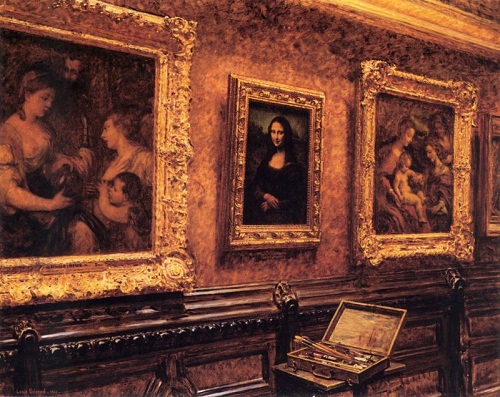
As the most visited museum in the world, it has often been said of the Louvre it would take a lifetime to embrace all of its magnificence. Probably the most famous sculpture in the world resides here. Aphrodite of Milos by Alexandros of Antioch may not sound too familiar but this ancient Greek statue is commonly known as the Venus de Milo.Widely renowned for the mystery of its missing arms, it is believed this masterpiece was created between 130 and 100 BC and is a tribute to Aphrodite (Venus to the Romans) the Greek goddess of love and beauty. Made of marble, it stands 6 foot 8 inches in height, although its original plinth has been lost.
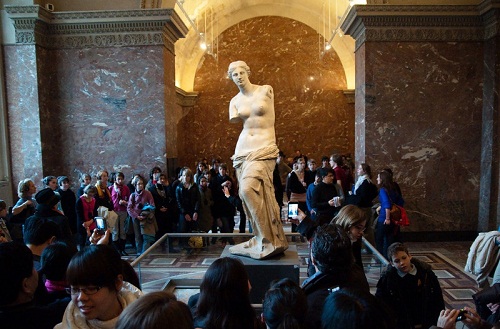
Also in the Louvre is the Ship of Fools, a painting by Hieronymus Bosch intended to exemplify the human condition. This is part of a triptych, with Yale University and the National Gallery of Art in Washington DC home to the other panels. Painted in oils on wood around 1495, it is thought to portray feelings of joy, angst, frustration and the difficulties of life.
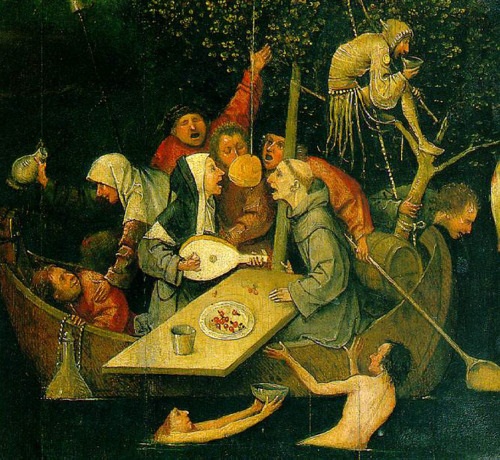
One of the older displays in the museum dates back to 1772BC. The Code of Hammurabi is a well-preserved Babylonian legal code written in the ancient Akkadian language and survives today on a dark-grey igneous rock known as diorite stele. It is 7 foot 4 inches in height and is in the shape of a huge index finger symbolically pointing skywards.
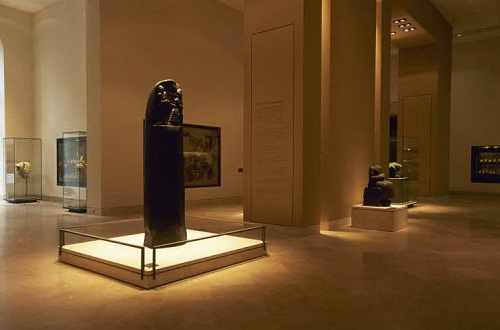
The Museum d’Orsay on the left bank of the Seine holds mainly French art from the period 1848-1915 and is probably best known for its collection of Impressionist and post-Impressionist pieces featuring such notables as Monet, Gauguin and Renoir.
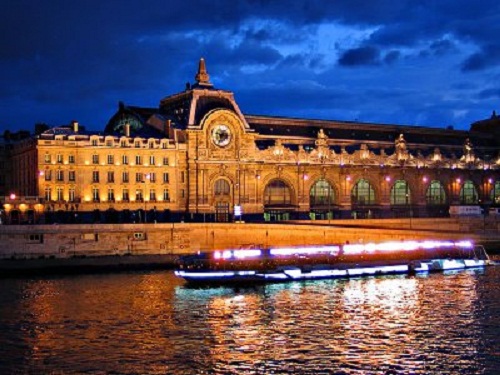
Manet’s the Luncheon on the Grass is displayed here and is a large oil-on-canvas painting created in 1862 and 1863. It depicts two fully dressed men, a female nude and a scantily dressed lady in a rural setting. Its unveiling in 1863 shocked the French public but it remains today an important meditation on human freedom.

Several of the works of Vincent Van Gog can be found here, with one from September 1888 known as Starry Night over the Rhone. It commemorates a spot on the river bank in the town of Arles close to where Van Gog was renting a property. He revealed in the challenge of painting at night and his strong use of color allowed him to capture the reflections of the gas lighting on the shimmering Rhone waters.
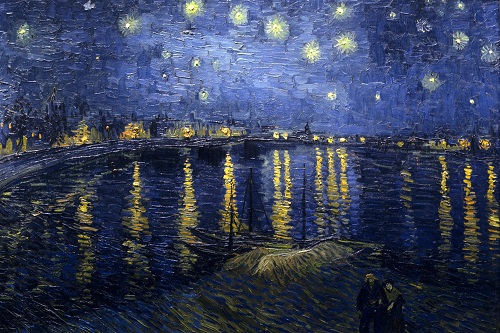
This museum also houses a vigorous collection of over forty-five thousand photographs which serve to give us a greater understanding of this art form as well as to measure its contribution within a multidisciplinary framework. Look out particularly for a collection of over one thousand photographs and 50 auto-chromes by Paul-Burty Haviland. It is an insightful journey around aspects of human behavior.
Famous for its futuristic architecture, the Pompidou Center is a complex in the Beauborg area of the city. It houses a vast public library and center for acoustic research and the National Museum for Modern Art. Since the Center opened in 1977, it has attracted over 150 million visitors.Pop Art is an art movement that grew from post-war dissatisfaction in 1950s Britain which then spread to the USA. It blends imagery from mass culture, advertising and comic books and turns them into in-congruent and often quirky artworks. One of its finest displays is to be found at the Pompidou and features works by such luminaries as Andy Warhol.Many styles of modern art can be found at the Center. Abstract art, Fauvism, Cubism and others are all represented here. Works by Pablo Picasso, Mark Chagall and Salvador Dali all feature in this thorough exploration of the shifting artistic trends that developed through the first half of the twentieth century.
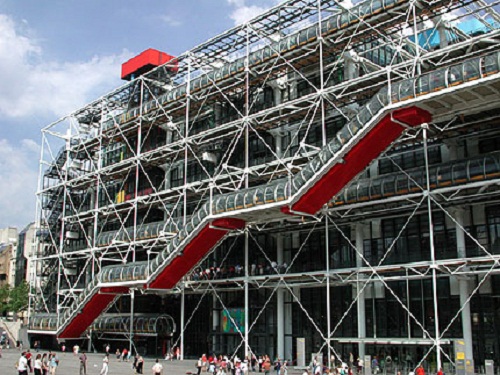
If in critical terms the school of modern art ended in 1960, then New Realism took up the mantle. It was founded by art critic Pierre Restany. Early members sought to bring life and art closer together and collage pieces and real objects incorporated directly into pieces of work underpin the ideas of the movement. The Pompidou Center hosts vibrant examples of this movement. Paris is also known as the City of Light and its relationship with the arts is an important component of this. Nowhere in the world can such effervescent, diverse displays be found. If you’re thinking of taking a holiday with a difference this year, Paris continues to be the major city for all things cultural.


